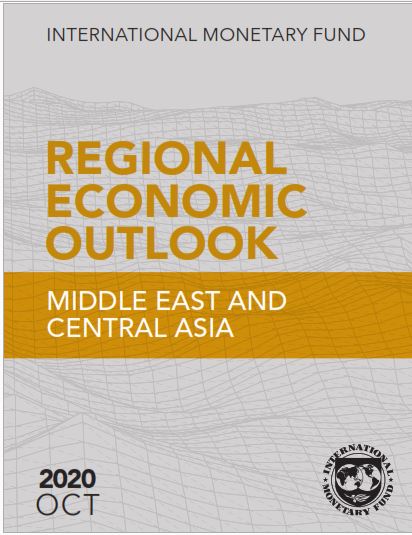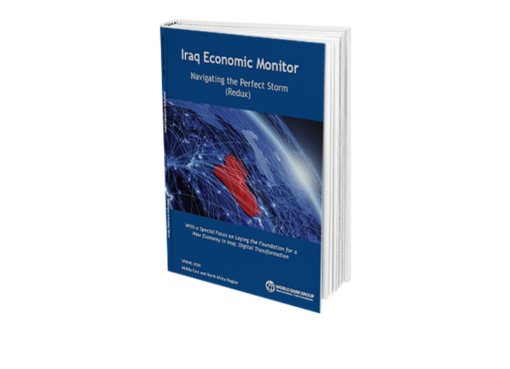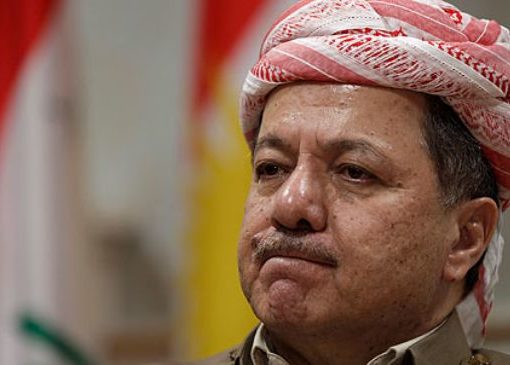The coronavirus disease (COVID-19) pandemic continues to sweep across the region, though countries are cautiously proceeding with reopening. The necessary public health response to the pandemic has greatly decreased mobility and has come at a steep economic cost. As a result, real GDP in the region is projected to fall by 4.1 percent in 2020. This contraction is 1.3 percentage points larger than projected in April 2020. With global recovery subdued, downside risks continue to dominate the outlook as the pandemic continues to test countries. Ensuring adequate resources for health systems and correctly targeting support programs are still immediate priorities. In the near future, governments and policymakers need to continue to act decisively to secure jobs, provide liquidity to businesses and households, protect the poor, and put in place a carefully designed economic road map to recovery. Further actions will be necessary to address pressing vulnerabilities in countries with limited fiscal space to ensure a smooth recovery while maintaining macroeconomic sustainability.
Necessary Lockdowns Came at an Economic Cost
The Middle East and Central Asia (MCD) region responded to the pandemic with swift measures to mitigate and contain the virus. Countries introduced a range of policies to restrict foreign and countrywide travel, close businesses and schools, trace and quarantine individuals at risk of contracting the virus, and require mandatory masks and gloves. The region’s ability to treat those infected by the virus and protect health care workers varied significantly among countries, given respective differences in health care capacity. For example, the number of doctors per 100,000 people ranges from about 2.3 (Somalia 2014) to 712 (Georgia).
Source: IMF October 2020.
To continue reading the report, please click on the following link:








Comment here